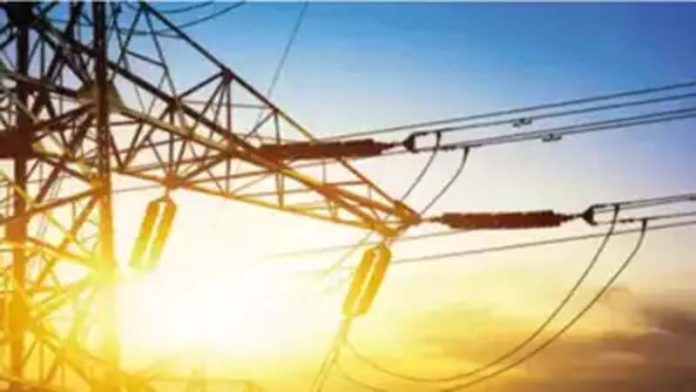Move ensures reliable connectivity to Doda, Kishtwar
Govt also approves Rs 1000 cr investment to construct 5 grid stations
Bivek Mathur
JAMMU, Feb 3: In a momentous stride towards fortifying the power infrastructure in the twin Districts of Doda and Kishtwar, the Power Development Department (PDD) has achieved a historic milestone with the inauguration of the first-ever double-circuit transmission line after a long period of 75 years.
This transformative project has established a critical link between the 220 kV Grid Station in Ramban and the 132 kV Grid Station at Khellani in Doda district, ushering in a new era of connectivity and reliability for the regions.
With a power transmission capacity of 150 MW-approximately 75 MW of each circuit-the newly commissioned 132 kV double-circuit transmission line, which is operational since February 1, 2024, will ensure a threefold increase in the overall power transmission capacity for the hilly districts of Doda and Kishtwar.
This comes as a timely solution to the challenges faced by the aging 132 kV single circuit Udhampur-Dul Hasti Line (UDH Tx Line), which, despite its commendable service over three decades, struggled to meet the escalating demand of power, particularly during harsh winters.
“The UDH Tx Line, with a rated transmission capacity of nearly 75 MW, had been catering to the power requirements of the twin districts since its inception. However, with the load demand surging to 200 MW and weather-induced wear and tear taking a toll, the line faced limitations, leading to curtailments and impacting the reliability of power supply,” a senior PDD official said.
He added that the radial configuration and the absence of an alternate transmission system exacerbated these challenges, leaving Doda and Kishtwar vulnerable to frequent blackouts.
According to him, the newly operational transmission line will not only address these issues but also ensure an alternative power source, complementing the existing UDH Tx Line.
“With a combined capacity of over 220 MW, the existing and the new double-circuit transmission lines will now create a resilient network ensuring uninterrupted power supply, even in the event of failures or breakdowns,” said the official.
Pertinently, the construction of 132 kV double-circuit Ramban to Khellani Transmission Line commenced some years back. But due to various technical delays, the project couldn’t move further as the works remained held up.
Overcoming these bottlenecks, the Government awarded the project afresh to Power Grid Corporation of India Limited (PGCIL), a key player in the country’s power sector.
The swift and efficient execution by PGCIL allowed the transmission line to be commissioned well ahead of schedule, providing much-needed relief to the public of Doda and Kishtwar.
The PDD official added that the feeding grid Khellani (20+50 MVA) is also being augmented to 100 MVA (50+50 MVA), the contract of which stands awarded while the other grid, Katersamna (2×20 MVA) is shortly being augmented to 70 MVA (20+50 MVA), thereby making Doda and Kishtwar Districts self-sufficient as far as power is concerned.
“These upgrades, coupled with the newly commissioned transmission line, are part of a broader strategy aimed at fortifying the power infrastructure in the region,” he said.
Further, the Government has also given the approval for Rs 1000 Cr investment in the upcoming Financial Year for the construction of three major 400 kV Grid Stations in Akhnoor, Rajouri, and Katra in Jammu region and two 220 kV level Grid Stations at Wahipora and Sallar in Kashmir Region.
“This strategic investment is aimed to enhance the robustness of the transmission system and bolster the resilience and efficiency of the power infrastructure in Jammu and Kashmir,” said the senior PDD official.
“Simultaneously, the implementation of the Revamped Distribution Sector Scheme (RDSS) in the Distribution Sector is currently underway, which is poised to bring about a complete turn-around in the power sector,” he said.
“On the power supply side,” he added, “the Power Purchase Agreements (PPA) capacity has been doubled ensuring sufficient share of renewables in the generation mix. This collective effort signifies a substantial stride toward enhancing the resilience and efficiency of the power infrastructure in Jammu and Kashmir, ultimately contributing to the region’s sustained development.”


